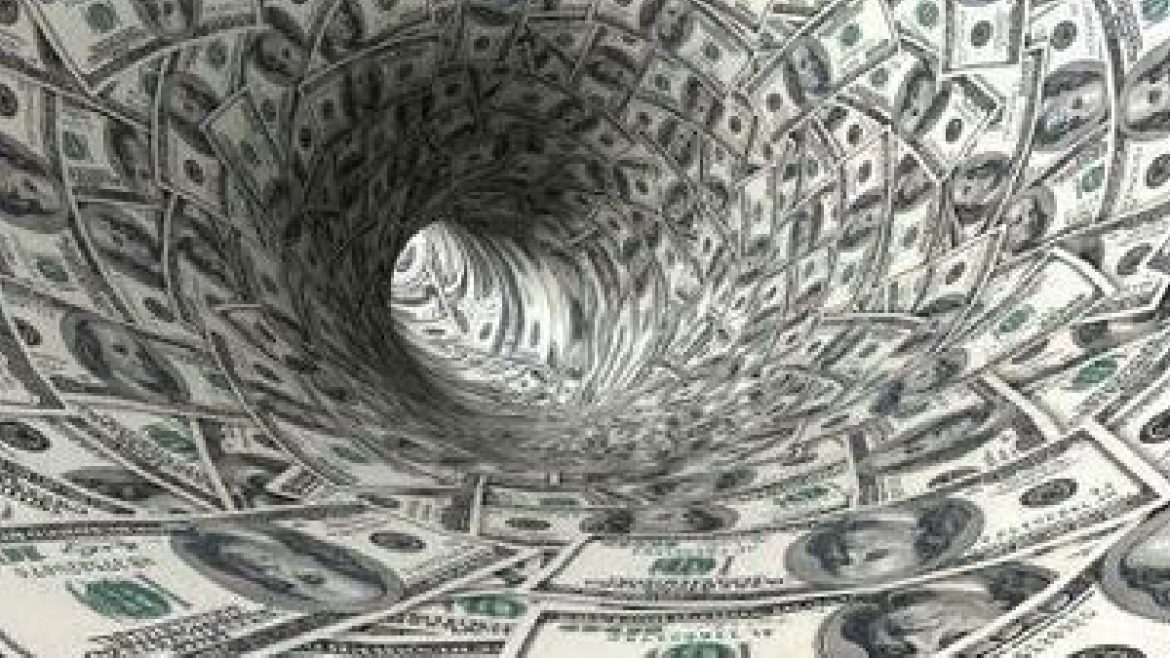One of the dilemmas of the digital age is how the global economy relies so heavily on fiat currencies. Despite numerous use cases and utilities of digital currencies in the economy, governments across the world are taking their time to regulate it. Economies like India, China, and France are considering a complete ban on cryptocurrencies like Libra and this proves the point that cryptocurrencies have a larger sphere of influence and greater utility than expected.
We have entered an age when cryptocurrencies have become common currency and a valid medium for exchanging value among peers. We are forced to ask ourselves and our institutions how our money works for us and how things can be improved. There is increasing dissatisfaction among people who use big banks and traditional institutions that depend on fiat currency. Settling payments and cross border transactions in fiat currencies incurs high costs and takes a long time compared to digital currencies like Ripple (XRP) and Tron (TRX). Cryptocurrencies are still in the early phase of their adoption and our financial system and bureaucracies are feeling shaken up. The decentralized nature and transparency of cryptocurrencies make them readily available for peers, and at the same time, they challenge bureaucracy and traditional institutions.
The Fiat Crisis
Post World War I Germany experienced a fiat crisis. Due to the debts they owed from the war, their currency quickly became completely worthless. This not only made day-to-day purchases difficult, it also made trade nearly impossible with neighboring nations. Even the gold standard is an imperfect system and it merely prevents inflation by encouraging responsible spending. It doesn’t resolve other issues that arise when using gold as the base currency, such as the lack of liquidity, the difficulty in the actual transport of gold, and the accompanying security issues.
In an effort to tackle this, the U.S. federal government, under the 37th President Richard Nixon, removed the U.S. dollar from the gold standard in 1971. This move was part of a series of economic events that are now referred to as the “Nixon Shock.” Chaos in the financial services industry followed.
Why Fiat Currencies are racing to the bottom
Deutsche Bank Strategist Jim Reid suspects that global demographics and other realities may soon put the current fiat-money regime to the test. The Nixon Shock has rendered the USD unstable and prone to high inflation. The offsetting disinflationary shock that kept it afloat since 1980 is now slowly reversing. Thus, any currency whose value is backed by the government that issued it, rather than by a commodity like gold or silver — could be “seriously tested” over the next decade.
Since the 1970s, labor has increased and so has the usefulness of capital. The global working-age population has produced vast amounts of goods at low prices. A reversal in the cycle could lead to problems in the fiat currency system. Central banks are focused on expanding the money supply and maintaining a semblance of price stability.
Without central-banks printing excess money to cover their deficit, global prices have been declining for the past two to three decades, just as they did during much of the late 19th century in the United States when living standards were increasing substantially. So while the banks think inflation is low and contained, it is likely that the real cost of money printing has been a beneficial lack of deflation.
Consumers have benefited from a drop in the cost of living every few decades but instead, they suffer from mild inflation that drives the price of cheaper goods upwards. Fortunately for central banks, though, few voters and consumers view things that way, and instead have bought the idea that prices are naturally flat, and thus, an inflation rate of, say, two percent is no big deal.
In reality, inflation is compounding every year. Experts are worried that deflationary factors are coming to an end and once they do, central banks won’t be able to fix the situation. That would be the end of fiat currencies as we know them.
Disclaimer
Content provided by CryptoTraderNews is for informational purposes only, and should not be construed as legal, tax, investment, financial, or other advice. All information is of a general nature. As always, there is risk with any investment. In exchange for using our products and services, you agree not to hold CryptoTraderNews Pro, its affiliates, or any third party service provider liable for any possible claim for damages arising from decisions you make based on information made available to you through our services.
Fiat Currencies – A Race to the Bottom
previous post
